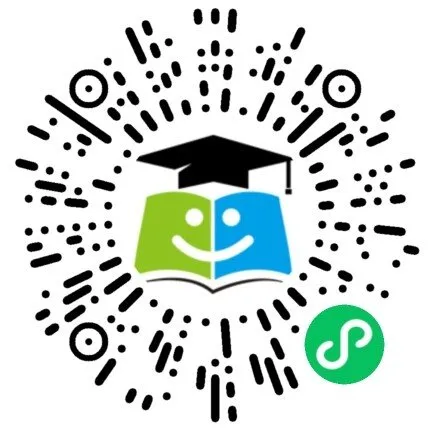Passage One Computers should be in the schools. They
Passage One
Computers should be in the schools. They have the potential to accomplish great things. With the right software, they could help make science tangible or teach neglected topics like art and music. They could help students form a concrete idea of society by displaying onscreen a version of the city in which they live—a picture that tracks real life moment by moment.
In practice,however, computers make our worst educational nightmares come true. While we bemoan the decline of literacy, computers discount words in favor of pictures and pictures in favor of video. While we fret about the decreasing cogency of public debate, computers dismiss linear argument and promote fast, shallow romps across the information landscape. While we worry about basic skills, we allow into the classroom software that will do a student’s arithmetic or correct his spelling.
Take multimedia. The idea of multimedia is to combine text, sound and pictures in a single package that you browse on screen. You don’t just read Shakespeare; you watch actors performing,listen to songs, view Elizabethan buildings. What’s wrong with that? By offering children candy-coated books, multimedia is guaranteed to sour them on unsweetened reading. It makes the printed page look even more boring than it used to look. Sure,books will be available in the classroom,too—but they’ll have all the appeal of a dusty piano to a teen who has a Walkman handy.
So what if the little nippers don’t read? If they’re watching Olivier instead,what do they lose? The text, the written word along with all of its attendant pleasures. Besides,a book is more portable than a computer, has a higher-resolution display, can be written on and dogeared and is comparatively dirt cheap.
Hypermedia,multimedia’s comrade in the struggle for a brave new classroom, is just as troubling. It’s a way of presenting documents on screen without imposing a linear start-to- finish order. Disembodied paragraphs are linked by theme; after reading one about the First World War, for example, you might be able to choose another about the technology of battleships, or the life of Woodrow Wilson, or hemlines in the 20s. This is another cute idea that is good in minor ways and terrible in major ones. Teaching children to understand the orderly unfolding of a plot or a logical argument is a crucial part of education. Authors don’t merely agglomerate paragraphs; they work hard to make the narrative read a certain way, prove a particular point. To turn a book or a document into hypertext is to invite readers to ignore exactly what counts—the story.
In Para. 5,the author mentions “the technology of battleships, or the life of Woodrow Wilson,or hemlines in the 20s” to show()
A、the width of information you can find with hypermedia
B、his encyclopedical knowledge
C、the width of influence of World War I on social life
D、the non-linear arrangement of information with hypermedia
【正确答案】:D
【题目解析】:根据文章第五段第四句,“This is another cute idea that is good.”可知,多媒体的另一个精明的办法是把次要作为主线,而主要方面作为辅助。答案为D。

